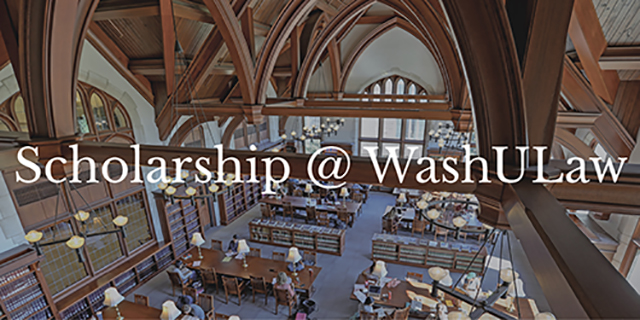
Scholarship@WashULaw
Document Type
Essay
Publication Date
2011
Publication Title
Northwestern University Law Review
Abstract
This Essay critically examines the commonplace use by judicial politics scholars of principal-agent models to describe the federal judicial hierarchy. It argues that agency models are useful in highlighting certain aspects of the interaction between upper and lower courts - specifically, the existence of value conflicts and informational asymmetries - but that in other ways traditional principal-agent models fit poorly the relationship between the lower federal courts and the Supreme Court. As a consequence, these models tend to obscure important normative questions about the relationship between lower and upper courts, as well as to distort the role that law plays in judicial decision-making. This Essay proposes that instead of viewing the law as merely a signal or command to lower courts, the law should be understood as the joint product of the Supreme Court and lower courts. Producing a coherent body of law requires cooperation and coordination between the various levels of the judicial hierarchy at the same time that the law is the ground on which value conflicts between judges are played out. This revised understanding of the relationship between Supreme Court and lower federal courts as involving elements of both cooperation and conflict are likely to be more productive than traditional principal-agent models.
Keywords
Judicial Decision-Making, Judicial Hierarchy, Federal Courts, Judicial Politics
Publication Citation
Pauline Kim, Beyond Principal-Agent Theories: Law and the Judicial Hierarchy, 105 Nw. U. L. Rev. 535 (2011)
Repository Citation
Kim, Pauline, "Beyond Principal-Agent Theories: Law and the Judicial Hierarchy" (2011). Scholarship@WashULaw. 440.
https://openscholarship.wustl.edu/law_scholarship/440

